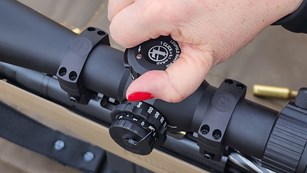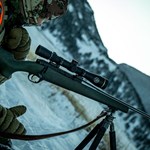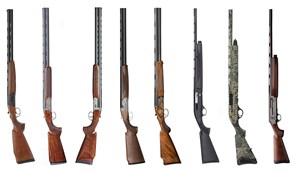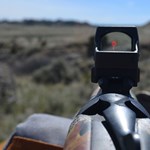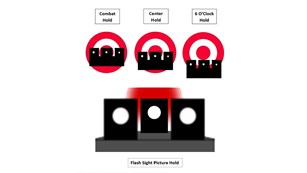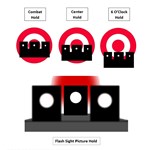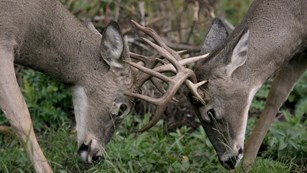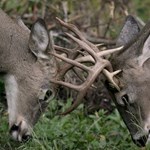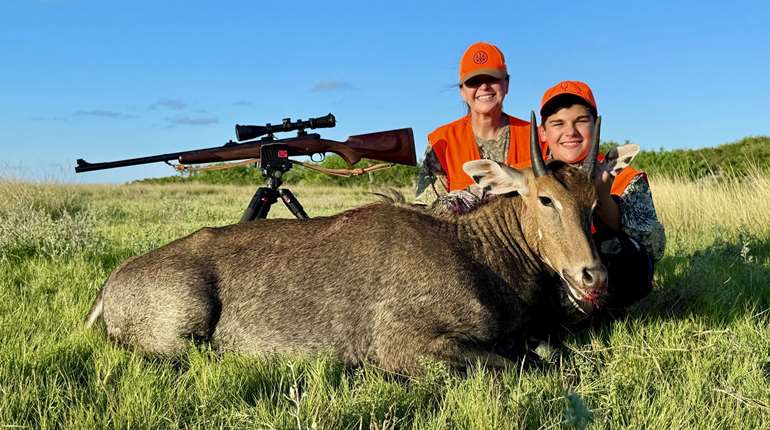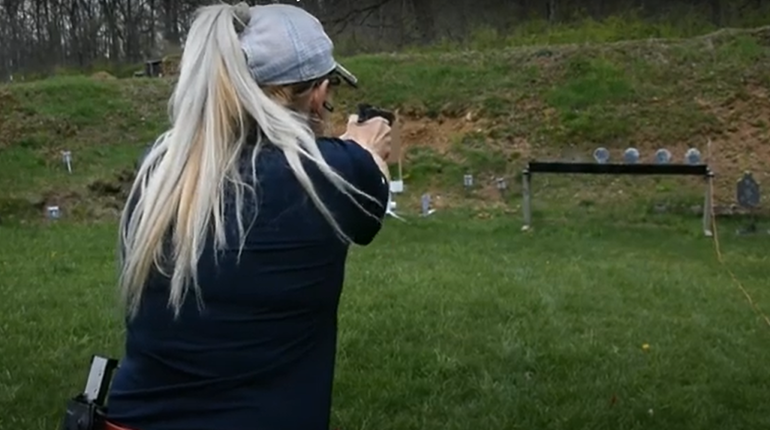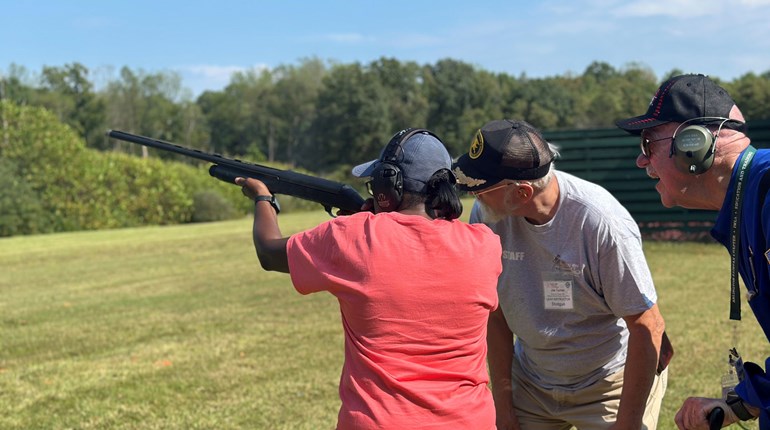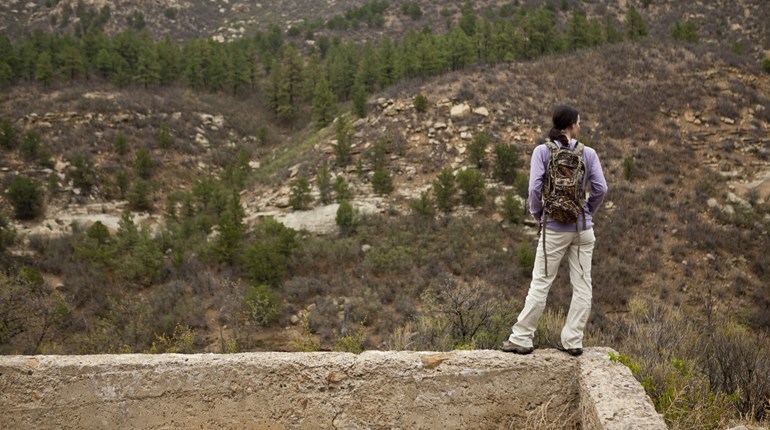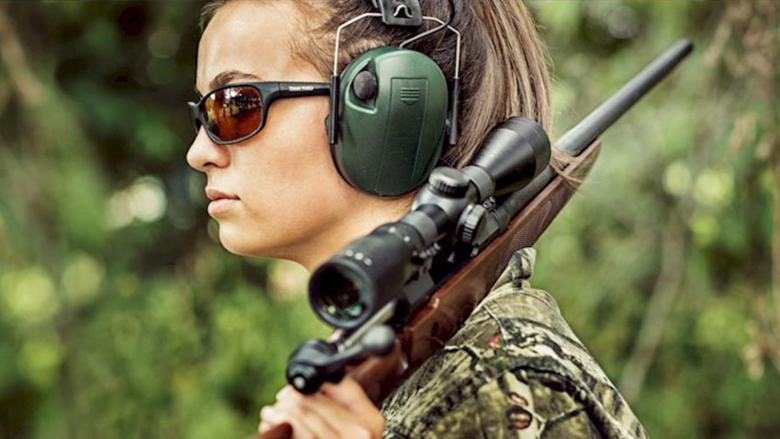
Few animals are more emblematic of the American West than the pronghorn. They’re fun to hunt and delicious to eat, but they’re also wildly unique.
First, though they’re commonly called antelope or pronghorn antelope, these deer-sized mammals are not antelope at all. They’re their own unique species, and all of their closest relatives (three other species of pronghorn) died out in the Ice Age. What we have today are the sole survivors, Antilocapra americana. Their closest living relatives (and it’s not that close) are actually giraffes.
Pronghorn evolved millions of years ago alongside dire wolves, American lions, the American cheetah and other fast-moving predators, so they developed incredible speed and excellent vision in order to survive. Those predators died off, but the pronghorn retained its pre-Ice-Age evolutionary advantages. They have tremendous eyesight, so they like wide-open spaces where they can see predators coming from far away. They can spot movement up to four miles away, and they have long eyelashes that protect their eyes from the sun. If you ever examine a pronghorn skull (I have a few European mounts), you’ll notice that their eye sockets are huge. On top of that, their eyes are wide-set, affording them a very wide field of view—estimated at 320 degrees.
They also kept that blistering speed from ancient times. In fact, today, pronghorn are the fastest land mammal in North America and the second-fastest in the world—the cheetah can run 70+ mph and the pronghorn tops out at about 55 to 60 mph, but the pronghorn can maintain its speed for much longer distances. Pronghorn are pretty easy to spot in open plains and prairies out West—just look for white spots. Their white bellies and rumps shine in the sun, which is no problem for them. They don’t need camouflage to hide from danger; they just outrun it.
Also unique is the pronghorn’s migration—it is the longest land migration in the continental U.S., topping 300 miles in some areas. They undertake this migration in the spring and the fall in search of new feeding grounds and to avoid the harshest winter territories. It varies widely by location—some herds do not need to migrate at all, while others must travel long distances to their wintering grounds. You can find pronghorn from southern Canada to northern Mexico and throughout much of the western and west-central U.S.
Pronghorn get their name from the handsome headgear the males sport—a single black horn on each side that prongs, with the larger prong typically arching back. These are horns, not antlers, and they’re made of keratin—basically the same stuff that makes up human hair and nails. However, this is another unique aspect of the pronghorn. In all other species, antlers are shed annually, while horns are permanent. But the pronghorn is the one known exception to this rule; it sheds the outer sheath of its horns each year and regrows it over the winter. Female pronghorn actually have small horns, too, but they are only short spikes and do not feature the characteristic prongs that males have.
Even a pronghorn’s hair is relatively unique—it is dense and coarse, and it’s actually hollow. The individual hairs are filled with air, which provides excellent insulation in cold weather; that could be part of how they survived the Ice Age. Interestingly, new research shows that the inner structure of these hollow hairs changes by the season, so the pronghorn stays warmer in the winter but is not overly burdened by excess insulation in the summer. While other animals, including deer and elk, have some hollow hairs, the pronghorn’s hair is more stiff and bristly. That makes it very prone to breakage, so if you have a pronghorn taxidermy mount, handle it carefully. The hairs will literally break off in your hands, particularly if you rub them against the grain.
As mentioned, pronghorn live in wide-open spaces, and they do well in dry areas. They don’t drink a lot of water, getting most of their hydration from the plants they eat, but they do visit waterholes in very hot weather. Sitting in a blind over a water hole is a popular way to hunt pronghorn in late summer, especially for bowhunters.
Having survived this long, pronghorn are an adaptable species. They no longer have to run from American cheetahs, but new challenges like cars and fences now present obstacles. You might have heard that pronghorn can’t jump, but this isn’t entirely true. They can jump, but they don’t like to, so they have learned to crawl under fences. If a pronghorn has the option, it will usually choose to shimmy under a fence than to jump over it as a deer might.
If you ever get the chance to hunt pronghorn, I can’t recommend it enough. It’s a blast, though sometimes a frustrating endeavor (I have missed more antelope than I have all other big-game animals put together, usually because I’m out of breath by the time I catch up to one). In addition to hunting out of blinds, spot-and-stalk hunting is a very common method of chasing antelope. Remember that excellent eyesight, but take comfort that at least they can’t see blaze orange. Utilize whatever terrain and cover you can find, and don’t forget to play the wind. When field-dressed and cooled quickly, and butchered properly, pronghorn is some of the best wild game meat you’ll ever eat.
